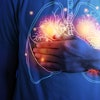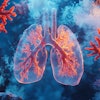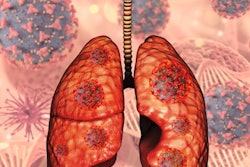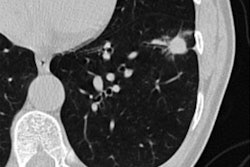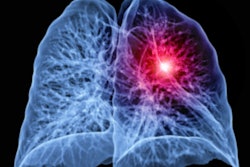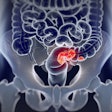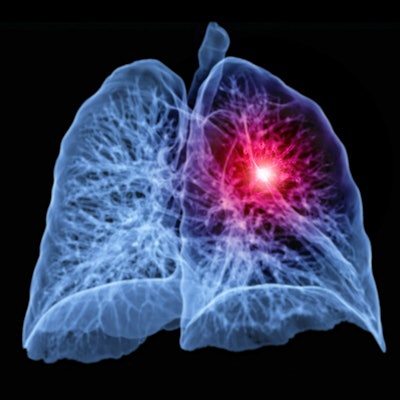
Computer-aided diagnosis (CAD) using deep learning shows potential for improving the ability of readers to identify and classify lung nodules on CT imaging, according to a literature review published August 25 in Computers in Biology and Medicine.
The results could translate into better support for radiologist readers and thus, better patient care through accurate diagnosis, wrote a group led by Yu Gu, PhD, of Inner Mongolia University of Science and Technology in Baotou, China.
"Physicians can diagnose lung cancer by analyzing the pulmonary nodules in CT images, but this task is taxing ... and factors such as inattention, fatigue, and lack of relevant work experience may affect the results," the authors noted. "Computer-aided diagnosis technology has been developed to relieve the pressure on physicians and improve the accuracy and efficiency of diagnosis."
Lung cancer is one of the most fatal cancers, but annual low-dose CT screening for the disease for those at risk has been shown to decrease mortality rates by 20%, Gu and colleagues wrote. Could computer-aided diagnosis technology improve that rate even more by helping clinicians with the reading workload and improving accuracy? The investigators sought to find out.
The team reviewed 139 studies found on Google Scholar, Science Direct, Web of Science, Engineering Village, Springer Link, Wiley Online Library, and IEEE Xplore that addressed CAD approaches to applying deep learning to CT scans, primarily for lung nodule detection and classification. Studies reviewed included information from datasets such as the LIDC-IDRI (U.S. National Cancer Institute), LUNA16 (a subset of thin-slice CT scans from LIDC-IDRI), the National Lung Screening Trial (NLST), and ELCAP (from the International Early Lung Cancer Action Program and Cornell University).
CAD approaches described in the literature made use of a variety of deep learning models, from convolutional neural, recurrent neural, and deep belief networks to autoencoders and general adversarial networks, the authors wrote.
Overall, the team found the following regarding CAD using deep learning to detect and classify pulmonary nodules:
- Sensitivity of detection studies ranged from 61.6% to 98.1%.
- Accuracy of classification studies ranged from 75% to 97.6%.
Summarizing their findings, the team wrote that the review showed that deep learning-based CAD technologies for detection and classification of pulmonary nodules achieved "satisfactory results."
But there's more work to be done, they cautioned: Researchers need to assemble larger, annotated imaging datasets -- which can be difficult due to patient health information privacy considerations -- address the issue of overfitting (that is, when analysis matches a particular set of data too closely), improve the interpretability of neural network models, and increase the reliability of deep-learning results.
"Based on our analysis of the selected studies, although deep-learning technology has achieved excellent performance in applications related to lung nodules ... research into the use of deep learning in pulmonary nodule CAD systems still faces many challenges and opportunities, and these are research hotspots in the field," they concluded.


